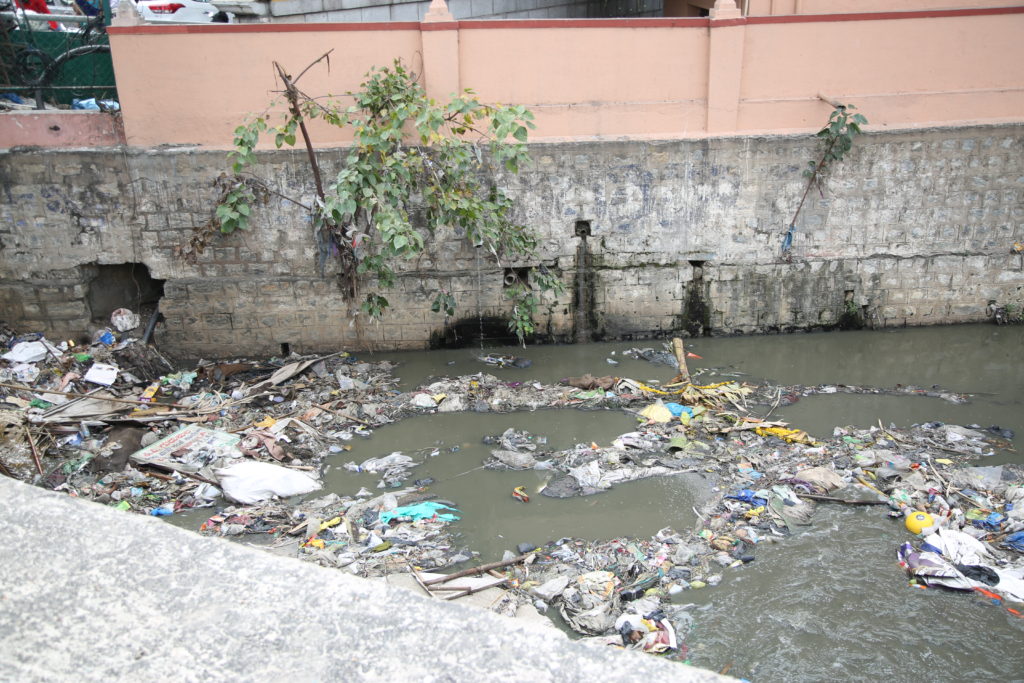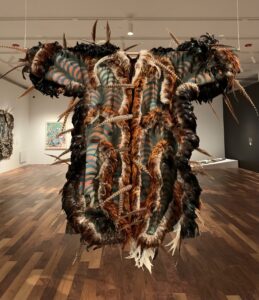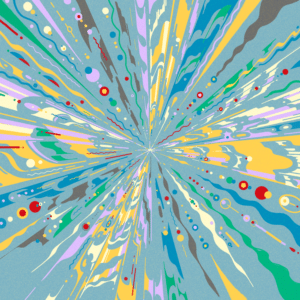Tulasi Srinivas, Professor at Emerson College and Luce/ACLS Fellow in Religion, Journalism and International Affairs, explores climate change and faith in a thoughtful piece on the water scarcity crisis in India for The Revealer. Srinivas delves into what it means physically, morally, and spiritually for the nation’s sacred rivers—which in Hindu thought represent purity and abundance—to become polluted with sewage and toxic waste.
What if you woke up one morning and the pristine, sacred river where you bathed your gods had turned into an oily, noxious-smelling sewer? What if the sacred water started to melt the stone idols of the gods? What if it was undrinkable? What would you do?
Every day at dawn, the 20 year old priest, Srikara Sudharshana, of the Gali Anjaneya temple in the high-tech city of Bengaluru (also known as Bangalore) in south India turns his back on the sacred Vrishabavathi River just beyond his temple walls, and instead fills buckets and bottles with water from the high-end filtration system in the temple. Filtering about 1,000 liters per day, the system makes the water, drawn from a deep well on the temple grounds, potable. Srikara Sudharshana uses the water for the daily ritual bath of the god, and he adds camphor and Tulasi (holy basil) leaves to transform it into thirtha, or holy water, for the devotees to consume.
The temple, dedicated to the Monkey God Hanuman (also known as Anjaneya), son of the wind god Gali, is covered with sculptured friezes of stories from the ancient, sacred Hindu epic, the Ramayana. The temple is often featured in Lonely Planet-style guidebooks as a “must see” historic site. Built in 1452 on a lush island in the Vrishabhavathi River by Sri Vyasa Raja — woodland sage, philosopher, and master teacher who was enamored of the Vrishabhavathi’s grandeur and importance as a source of water for the region — the temple honors the way the river has animated life through myth, ritual performance, and ecological presence.
But now, the lush island on which the temple stood is a mere memory. The channel that formed one arm of the river is now a highway — a maelstrom of trucks, cycles, bullock carts, buses, cars and scooters — that swirl by the temple entrance, horns honking and engines revving day and night. And the other arm of the river is a dirty concrete channel where stinking waste-water bubbles and froths behind high concrete walls.







